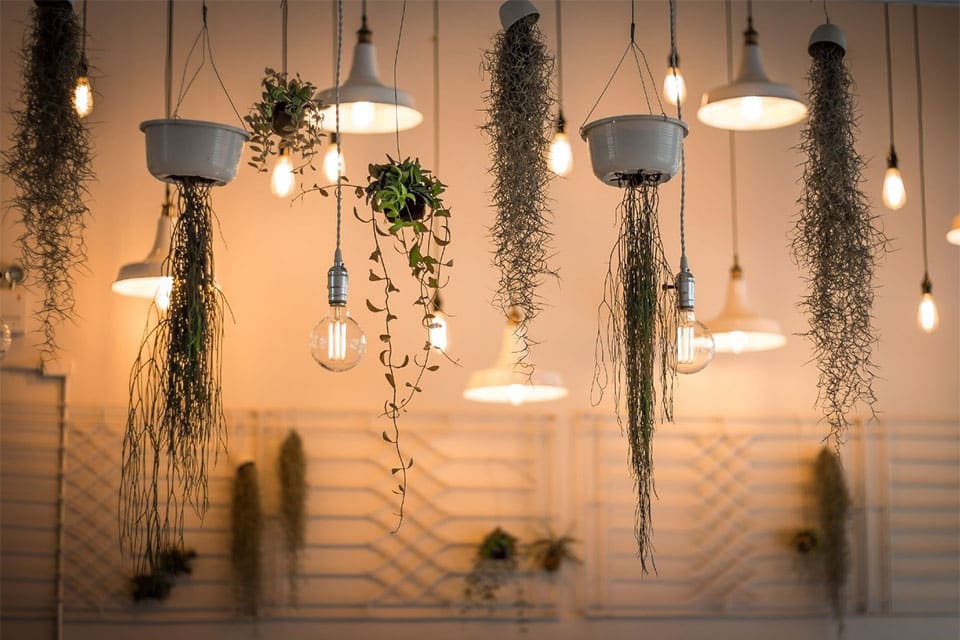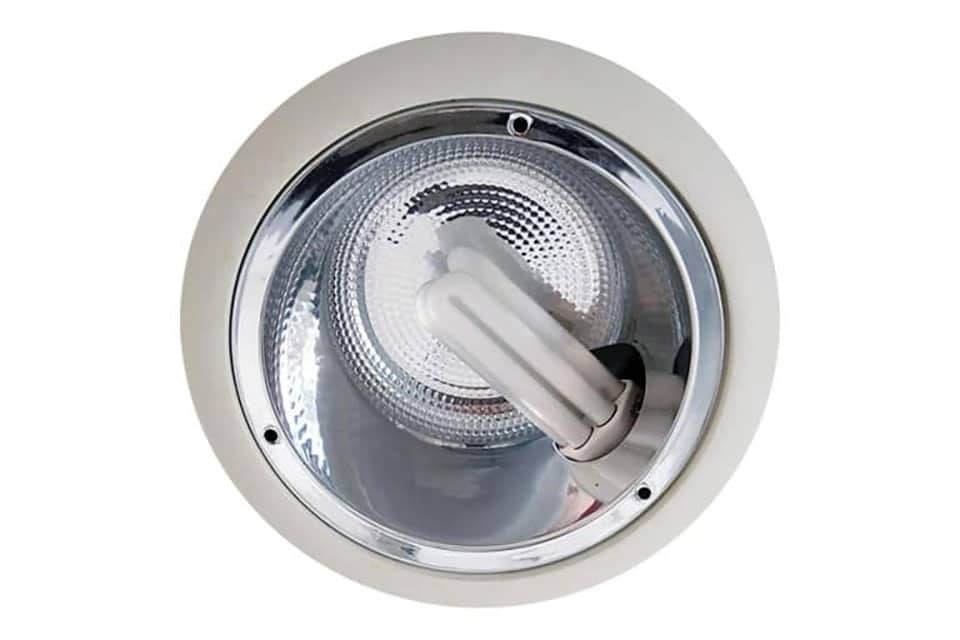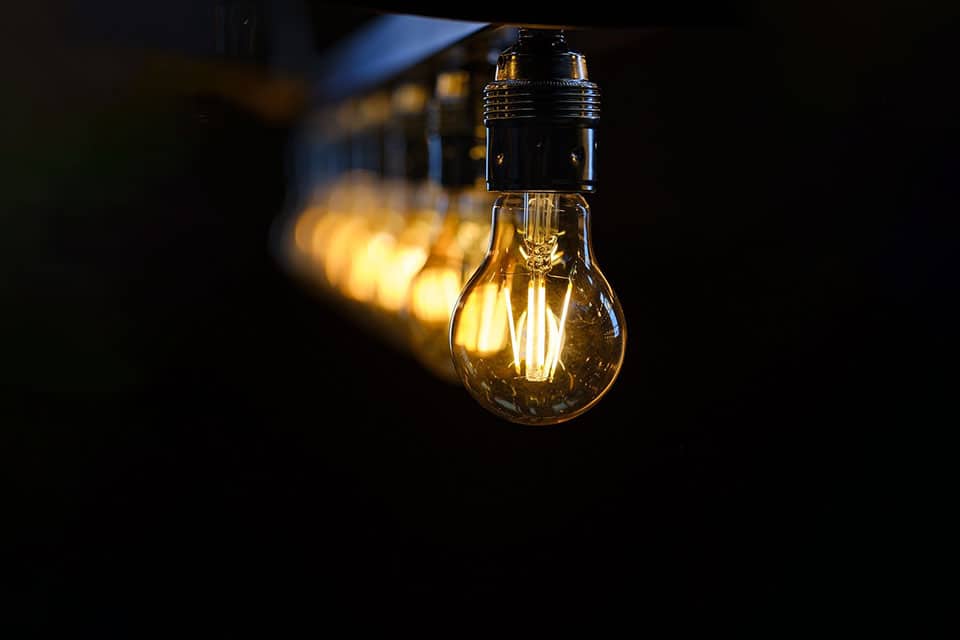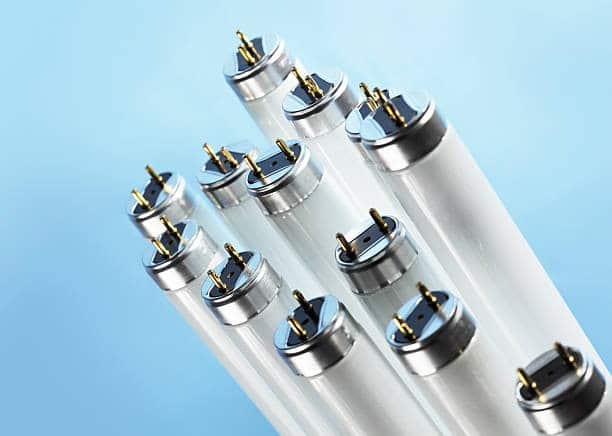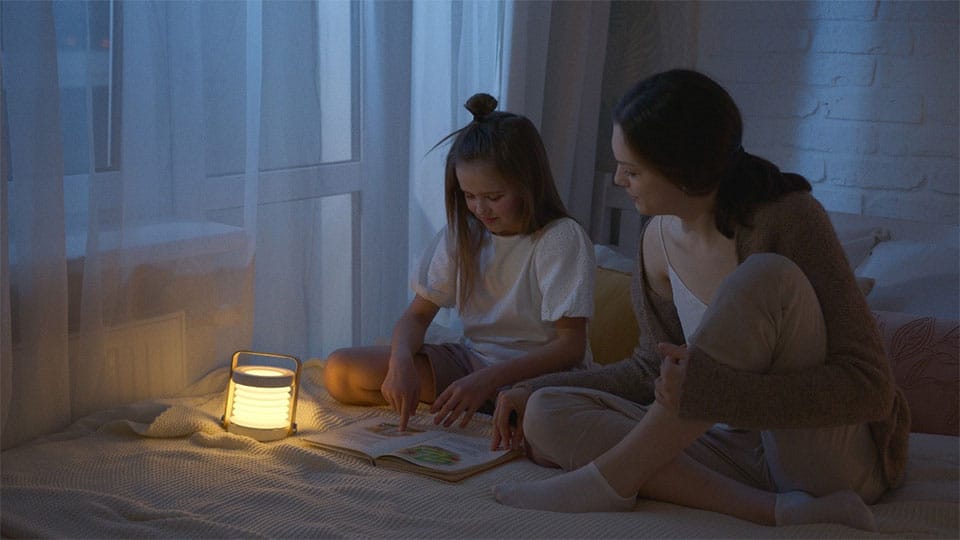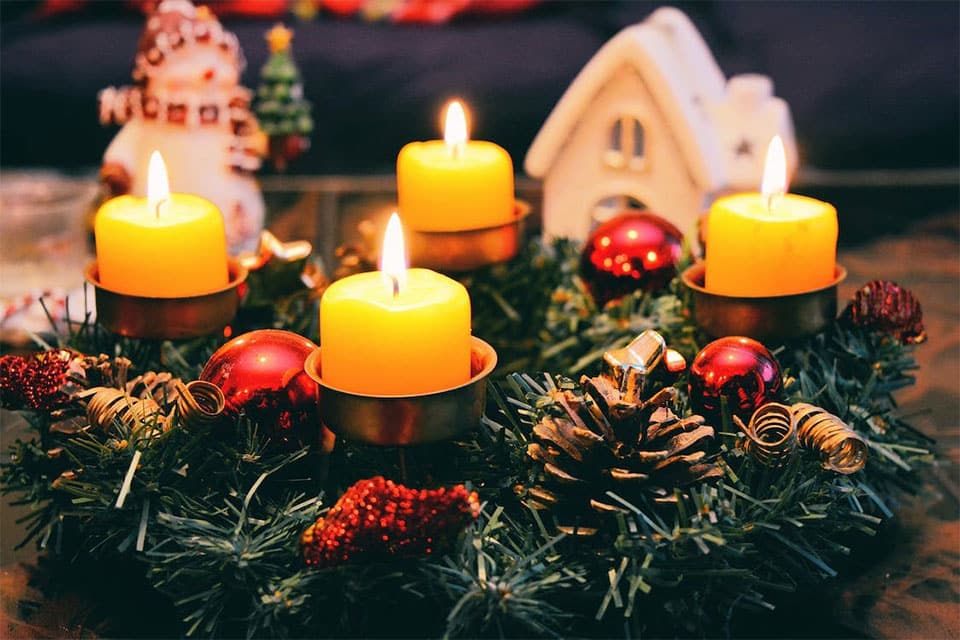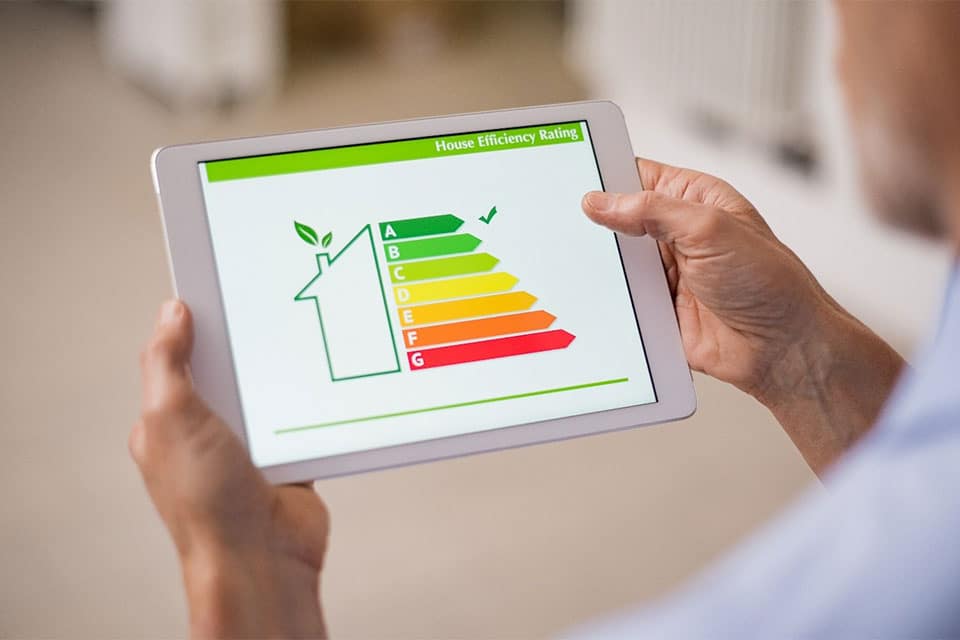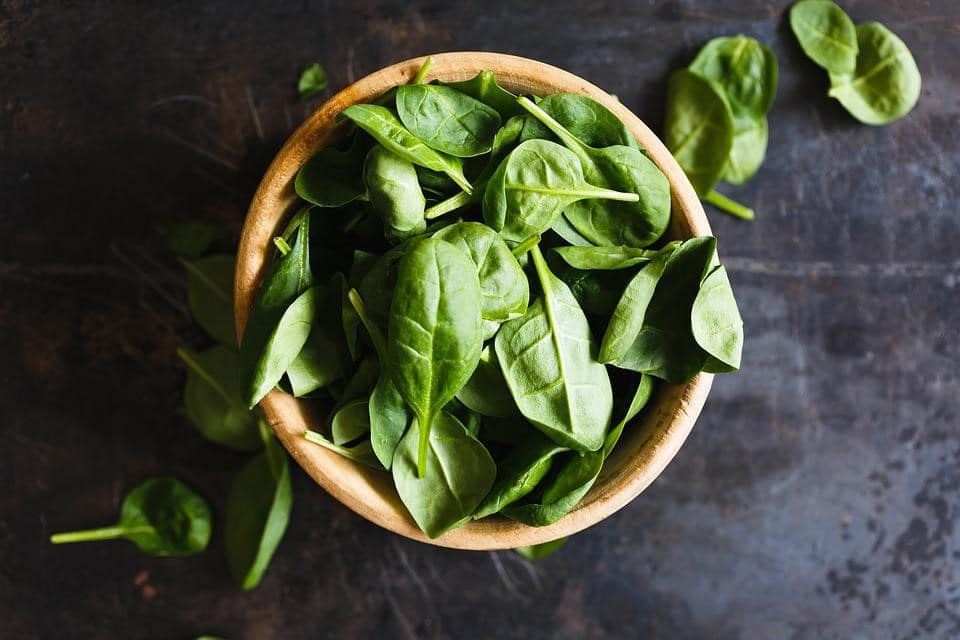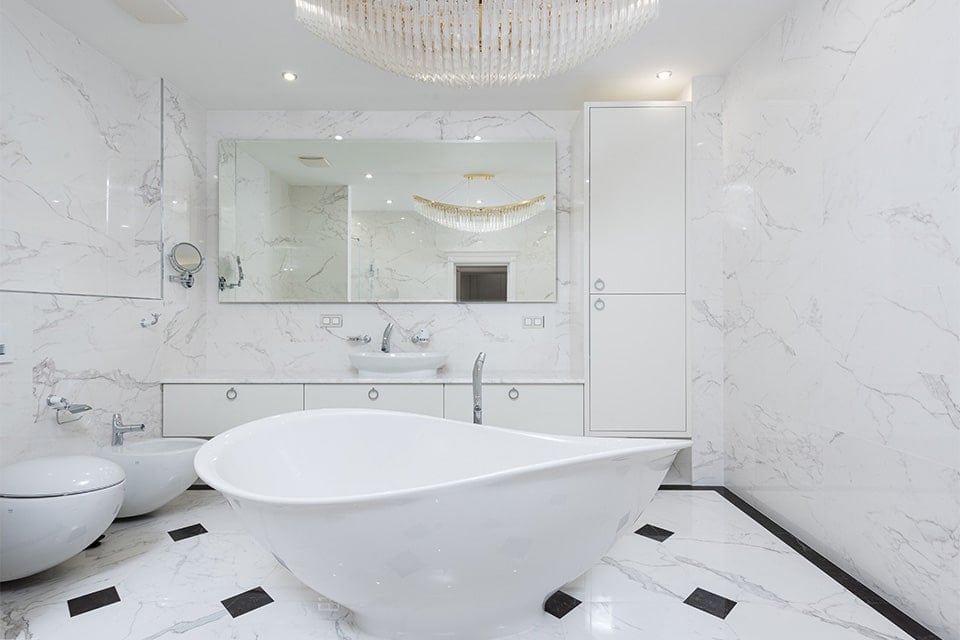Do you diligently water your plants? Have you tried saying something nice to the adorable little succulent on your desk, hoping that it will grow? It is a sweet gesture, but what about light? If you are growing them indoors or winter has struck your town, then it might be difficult to catch sight of bloom or even leaves, and watch your plants growth.
Here is what you can do to see some reward for all your hard work. You can try investing in some energy-efficient LED lighting. So when the sun sets or gets eclipsed by clouds on a dark wintery day, your plant always has a source of energy.
How does lighting affects plants growth?

Brace yourself for a basic science lesson. Plants require light to convert it into energy or food, a process called Photosynthesis. But that is not the only purpose that light serves for plants. It determines a lot of other factors for the plants growth, which includes the length of the stem, the size of the flowers and leaves.
As you may remember from those classroom days, the visible spectrum of light has seven colours including red, orange, yellow, green, blue, violet, and indigo. The grow light that you can use will need to provide all the colors of the spectrum or full-spectrum light.
In most cases, plants only need two of these colours to get the energy they need to grow. Blue wavelengths of light stimulate the growth of foliage and roots while red is used to produce flowers and fruits.
Different plants require a different supplement of light to grow. Some indoor plants like Dracaena or pothos can thrive even in a windowless room with adequate artificial light. But if you want blossoming flowers or veggies, you will have to get supplementing light.
Technological innovation with LED
Until a few years ago, there was no such light source that could emit the exact wavelength of light needed by the plants. There were incandescent light bulbs, fluorescent light bulbs, and halogens that could not be tuned to emit a particular wavelength.
Both LEDs and fluorescent light bulbs produce full-spectrum light. As compared to fluorescent lights, they cost a little more, but they are energy efficient and have a five times longer life span. Farms also use this technology to grow plants with artificial light.
Nowadays, LEDs are the product of innovation and can be finely tuned to emit the exact wavelength required. So depending upon whether you want to grow foliage or flowers, you can change the light you are shining on your plants. They barely give off any heat, which saves the foliage from the risk of burning. They are also very environment-friendly and do not shatter like glass.
How can you make your plants thrive indoors with the right lighting?
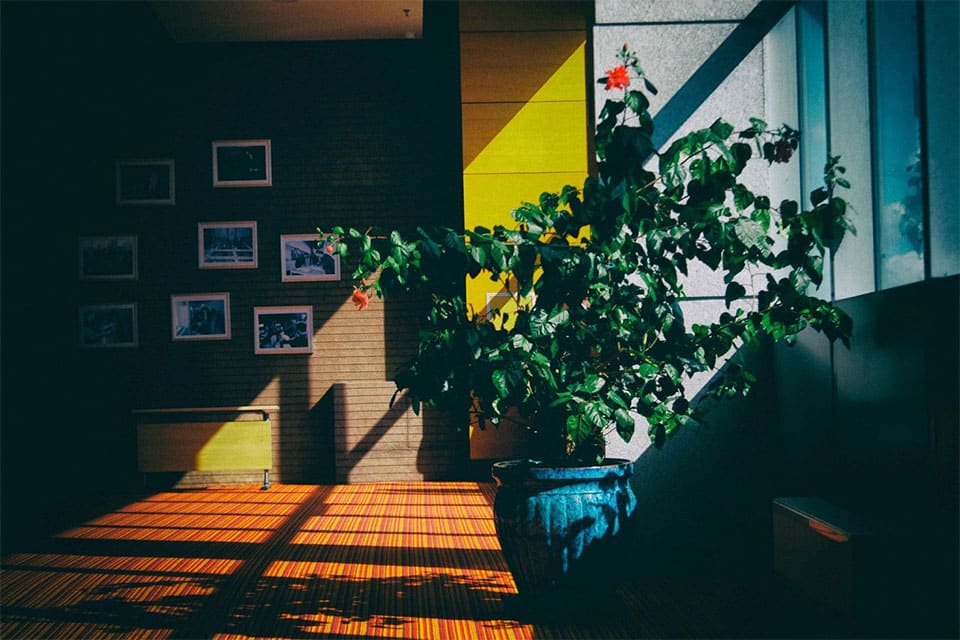
Once you have figured out the kind of plants you want to grow, you can bring in the artificial light for them. If you are serious about indoor growing, you can get fixtures and grow lights. You can also get a flowering lamp, which will give the plant the right balance of blue and red wavelengths. While buying grow lights, you can also check the label for white light, which is suitable for most plants.
Remember to mount the fixtures in such a way that they can be adjusted as the plant grows. You can use hooks or chains for your convenience. Maintain a sufficient distance between the light source and the plants. This is especially important if it is an incandescent light bulb as it emits heat. But you should follow the same precaution with LED or fluorescent light as well.
With seedlings, you should maintain a distance of 4 -6 inches, and with flowering plants, 6 – 12 inches. In the case of foliage plants, you should maintain a gap of 12 -24 inches as the foliage is very tender and sensitive to heat.
Different species of plant require a different duration of light exposure. Light duration, also known as the photoperiod, is the number of hours a plant needs light in a 24 hour period. According to photoperiod, plants are classified into three categories, and they are short day, long day, and day-neutral.
Short day plants like chrysanthemum or Christmas cacti only produce flowers when the day length is less than 12 hours. Long-day plants such as African violets or tuberous begonia require more than 12 hours of light to flower. Day-neutral plants like crossandra and gerbera daisies are not affected by the length of light exposure. They are insensitive to day length and can flower regardless of it.
Also, timers are a great addition to your lighting setup to keep meticulous track of supplemental light. Seedlings demand between 16 and 18 hours of light, while foliage houseplant demand 12 to 14 hours of light. So a timer will make your work a lot easier with different plants around.
Takeaway
We hope this post gave you some insights about providing your plants with the right lighting. Yes, LEDs are a great way to light up your living room or workspace. But it is also a blessing for all the green-fingered people out there. You can produce some nutritious food or move towards a more organic lifestyle by growing plants from the comfort of your house. Happy Planting!






















































































